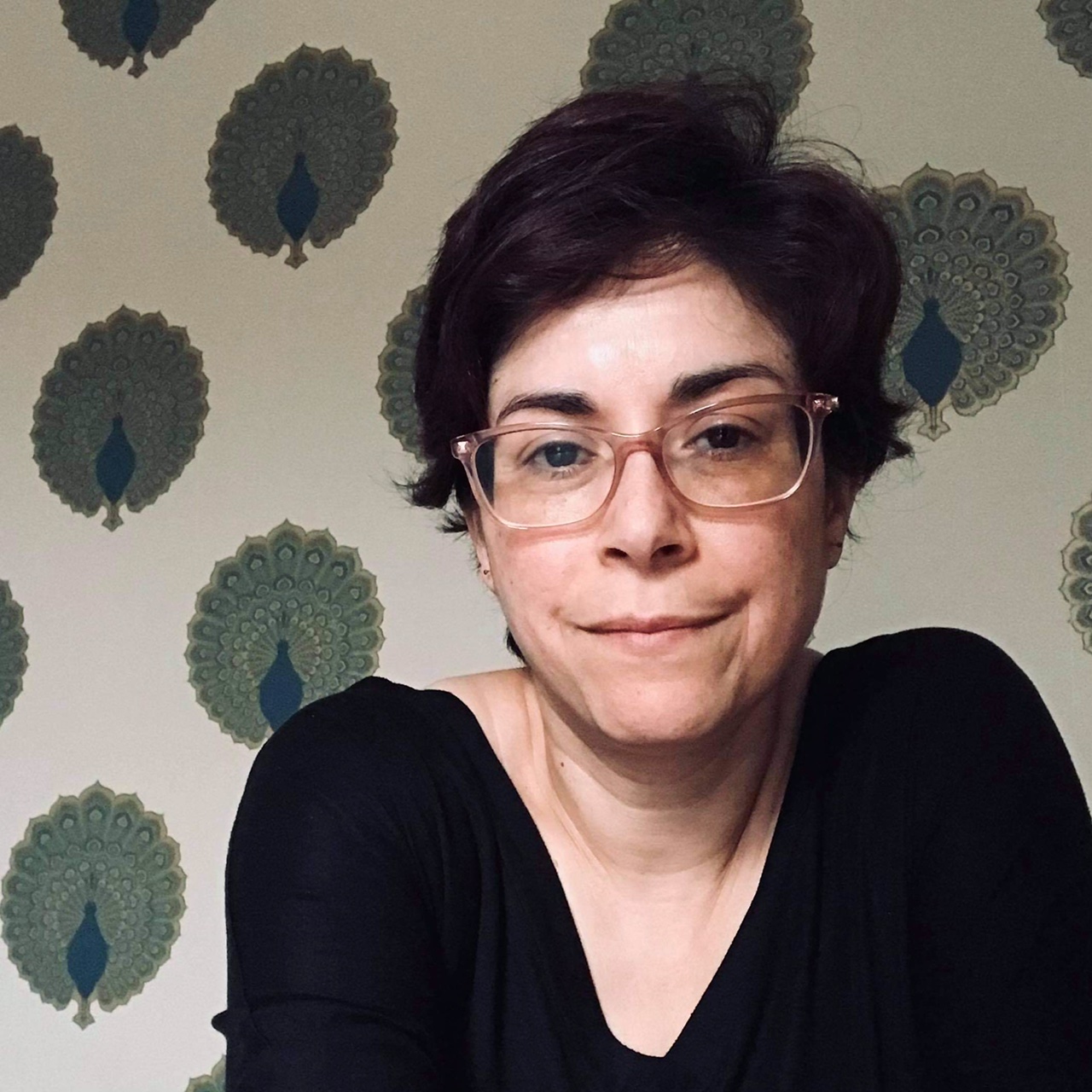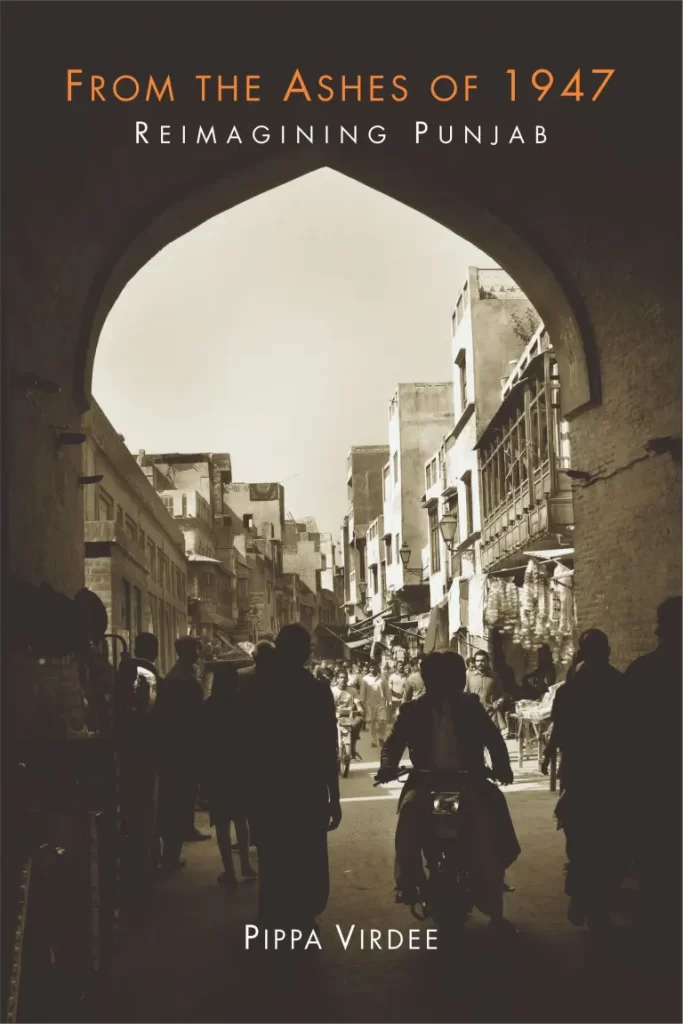What made the Punjab particularly susceptible to violence at the time of partition was that it was one of the most militarized regions of British India. The Punjab had historically contributed a disportionate percentage of the soldiers of British India. Well over half of all recruits from British India during World War I and World War II came from the Punjab. There was a proliferation of firearms in the region as soldiers returning from World War II often hid their decommissioned weapons. Each of the three communities in the region—Muslims, Sikhs, and Hindus—formed their own private armies. Within this volatile context we have a collapse of law and order with the fall of the Unionist government in the Punjab which had held sway in the region for the previous twenty years.
One of the reasons why memorializing partition is so difficult is the challenge of labeling or naming the violence that took place. In some cases the violence was planned and was tantamount to a form of ethnic cleansing. In other cases, the violence was improvised and spontaneous with groups or individuals seizing opportunities for score settling or personal enrichment. Targets of murder, rape, and abduction, women were especially victimized by the violence of partition. Attacking women or forcing women to take their own lives was a means of assaulting or safeguarding the honor of the community in question. The dividing line between victims and perpetrators was often blurred. The same individuals who were forced to flee their homes could in turn become the perpetrators of heinous crimes in their new communities.
It was precisely because the abduction of tens of thousands of women was regarded as an affront to the honor of each community that the governments of India and Pakistan devoted considerable resources to their recovery and return. For close to a decade after partition, both Pakistani and Indian authorities labored to locate and repatriate their abducted nationals. In many instances, these women had gone on to have new lives with new families, spouses, and children. They were given little say in their repatriation and were often placed in shelters upon their return, sometimes for the remainder of their lives when their birth families refused to welcome or assist them. The movie Pinjar, roughly translated as cage or skeleton, recounts the story of one such victim of abduction.
Much of the memory of partition centers on the violence, a tendency which perpetuates distrust and complicates the possibility of reconciliation between Pakistan and India. Much less is known about the absence of violence. The case of Malerkotla is a prominent example. Malerkotla, formerly a Muslim princely state, escaped the violence that tore apart the neighboring Sikh princely states and British controlled regions of East Punjab in 1947. Pippa Virdee argues that while distrust did exist between Sikhs, Hindus, and Muslims, the authorities in Malerkotla were much more effective in intervening and preventing tensions from escalating into violence. While British authorities often failed to intervene, Pippa points out that in Sikh princely states violence was not only condoned but encouraged. In short, blaming the violence of partition on timeless communal hatreds fails to hold political leaders accountable. The case of Malerkotla, where Hindus, Muslims, and Sikhs continue to coexist peacefully, raises important questions about whether the violence in 1947 and the fraught relations between India and Pakistan today could have been avoided.
One of the prominent trends in the memory of partition has been the creation of massive digital archives devoted to preserving the testimonies of the ever shrinking community of survivors of 1947. These archives are located at prestigious institutions outside of South Asia. For example, Harvard University’s 1947 Partition Project, collected over 2,300 narratives from survivors between 2017 and 2019. In 2011 UC-Berkeley physicist Guneeta Singh Bhalla, granddaughter of a partition survivor, founded the 1947 Partition Archive which contains over 9,000 interviews. While these archives are laudable for their efforts to preserve voices from the past, they raise fundamental questions about memory in the digital age. For example, what demands do these archives make on users to think critically and deeply about the past? Are testimonies surfed in a cursory and superficial fashion similar to Instagram posts? Do the contents of the archives favor English speakers or those with the cultural capital to articulate the past with greater clarity and authority? In short, do digital archives represent the democratization of memory or the narrowing of our understanding of the past?
Why, after seventy years of this bittersweet experience of partition and independence, should the people be talking about their memories? The answer partly lies in the lack of closure and understanding of why ordinary people paid such a high price. Pippa Virdee, From the Ashes of 1945: Reimagining Punjab.
Have the lessons of 1947 gone unheeded? In the case of India, Pippa Virdee cautions against attempts to generalize. The local politics, economies, and languages vary dramatically from one region to another. Yet is it true that India is no longer the secular state imagined at the time of independence. Large scale communal violence claimed the lives of nearly 3,000 Sikhs in Delhi in 1984 following the murder of Prime Minister Indira Gandhi by her Sikh bodyguards. In Gujarat in 2002 Hindu rioters murdered over 1000 Muslims as a reprisal for the deaths of 59 Hindus in a train fire (still under unresolved circumstance) after returning from a pilgrimage. Narendra Modi was Chief Minister of Gujarat at the time and accused of turning a blind eye to the violence. US authorities denied Modi a travel visa for nearly a decade because of “severe violations of religious freedom.” Yet in 2014 Modi’s Hindu nationalist party, the Bharatiya Janata Party (BJP), won the first parliamentary majority since 1984 and Modi became prime minister. Part of an international right wing populist wave, Pippa stresses that we need to question what makes these leaders so popular, are we to blame, and what can we do about it.

Pippa Virdee
Pippa Virdee is Associate Professor/Reader in Modern South Asian History at De Montfort University. She is the author of Pakistan: A Very Short Introduction, From the Ashes of 1947: Reimagining Punjab, Refugees and the End of Empire: Imperial Collapse and Forced Migration in the Twentieth Century (with P. Panayi) and Coming to Coventry: Stories from the South Asian Pioneers.

